29 Jan Why a VoIP headset is essential to work effectively from home and how to choose the right one
For many working from home, in some capacity, is here to stay. The pandemic has forced employers and employees alike to get on board and experience homeworking for themselves.
Employers have seen their duty of care extend to employees’ home working setups to ensure the correct hardware, software and connectivity are all in place to enable effective working and maintain productivity. A VoIP headset linked to a computer is increasingly seen as an essential piece of kit and as such deserves careful consideration when selecting the right one.
Why use a VoIP headset when working from home?
A VoIP headset is a pair of headphones combined with a microphone, enabling users to make and receive phone calls using a VoIP phone service with the added advantage of the user having both hands free. It can be linked to a computer via Bluetooth or a cable.
It might not be essential for all parties to be able to see each other when connecting remotely, but most need to be able to hear each other and using a headset improves the clarity of audio quality during conversations.
The amount of time spent online, connected to colleagues in a typical day working from home means a VoIP headset avoids uncomfortable periods cradling a handset between the neck and chin, leaving both hands free to type notes, drink that well deserved cup of coffee or even stroke the family pet curled up under the chair.
Working from home is not without its challenges and trying to carve out a quiet place to work is easier for some that others. Home schooled children, working spouses, pets or even the washing machine, can all end up vying for background noise. Using a VoIP headset minimises the audio disruption users experience – and inflict on others when working in a shared space. It can reduce background noise and boost the volume of the call, enabling users to stay focused on the conversation at hand.
But how do you begin to navigate a crowded marketplace to decide which is the right headset for your business? Read on for our lowdown on Bluetooth headsets versus cabled…
Bluetooth versus cabled?
There are two main choices to connect a VoIP headset to a computer – Bluetooth or cabled. Bluetooth is a wireless connection using similar technology to a mobile phone whereas a cabled headset is connected by a wire and a USB port. There is the less prevalent third option of a jack connection where a headset is plugged directly into a computer, but this is typically only used with older hardware.
Bluetooth headsets
- Bluetooth headsets use a wireless connection without the hazard of tangled wires or the restriction of being ‘tethered’ to a computer.
- A Bluetooth connection will typically work from between one and 10 metres from headset to computer. This can enable your employee to enjoy a more natural working environment with the option to walk and talk, make notes, grab forgotten paperwork or even pop the kettle on.
- A Bluetooth headset can be connected to multiple devices simultaneously such as a mobile phone, tablet and computer, enabling seamless working and removing the need to unplug or switch handsets.
- Set up may take a little longer than a cabled headset as users first have to ‘pair’ the Bluetooth headset with a Bluetooth compatible computer.
- Bluetooth headsets do not provide unlimited talk time and so users are required to remember to charge them to avoid a complete loss of function.
- The flexibility and additional features Bluetooth headsets offer are reflected in the price when compared with their more affordable cabled counterparts.
Cabled headsets
- A cabled headset is connected to a computer by a wire into a USB port. This option offers peace of mind with a permanent, reliable connection not prone to any interference.
- A dedicated USB port is required in the computer to accommodate the connection. USB ports can be scarce in some laptops and tablets, for example the Microsoft Surface Pro only has one USB port, and users will want to avoid having to resort to swapping out accessories during the working day.
- It is a quick and simple process for users to get started with a cabled headset, essentially just plug and play.
- Cabled headsets can result in users experiencing tangled wires and being limited in movement to the length of the cable.
- Cabled headsets are a cost effective, popular, and reliable option.
However, making the right decision should be about much more than just cost…
One size rarely fits all
If every single employee had the same computer and budgets were limitless, then procurement of headsets for your entire team would be a simple process. However, this is rarely the case and it is unlikely one solution will suit all.
There is typically significant variance in not only the machine each employee currently uses be it PC or laptop, but also in hardware manufacturer compatibility, available USB ports, connectivity with existing accessories, and often most significantly the personal preference of your employees.
For instance, you should check the headset you choose is compatible with the video conferencing software you use such as Teams or Zoom. And if you frequently switch between VOIP calls and video calls, you might want to have a more discreet solution such as Apple AirPods when you’re on screen.
Making a smart, informed choice when investing in VoIP headsets for your employees will reap dividends. The right investment to suit not only your budget but also your business needs can improve both your internal and external communications. We’d love to help you make the right choice – please get in touch to hear how we can help.


Sorry, the comment form is closed at this time.